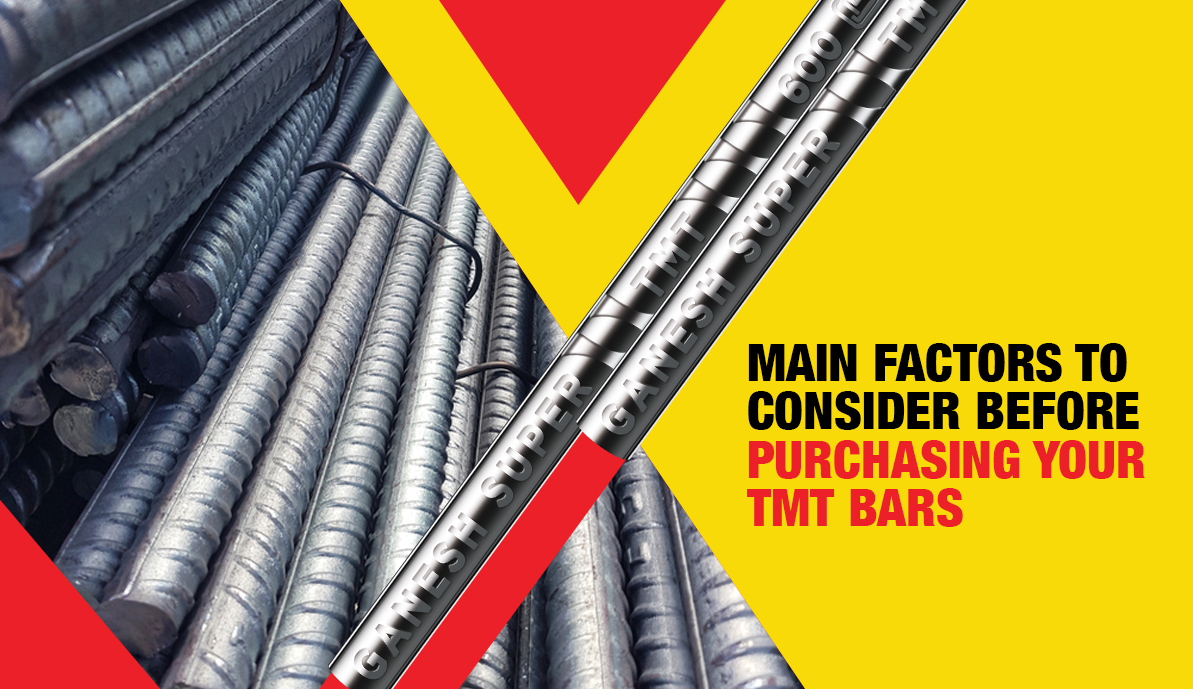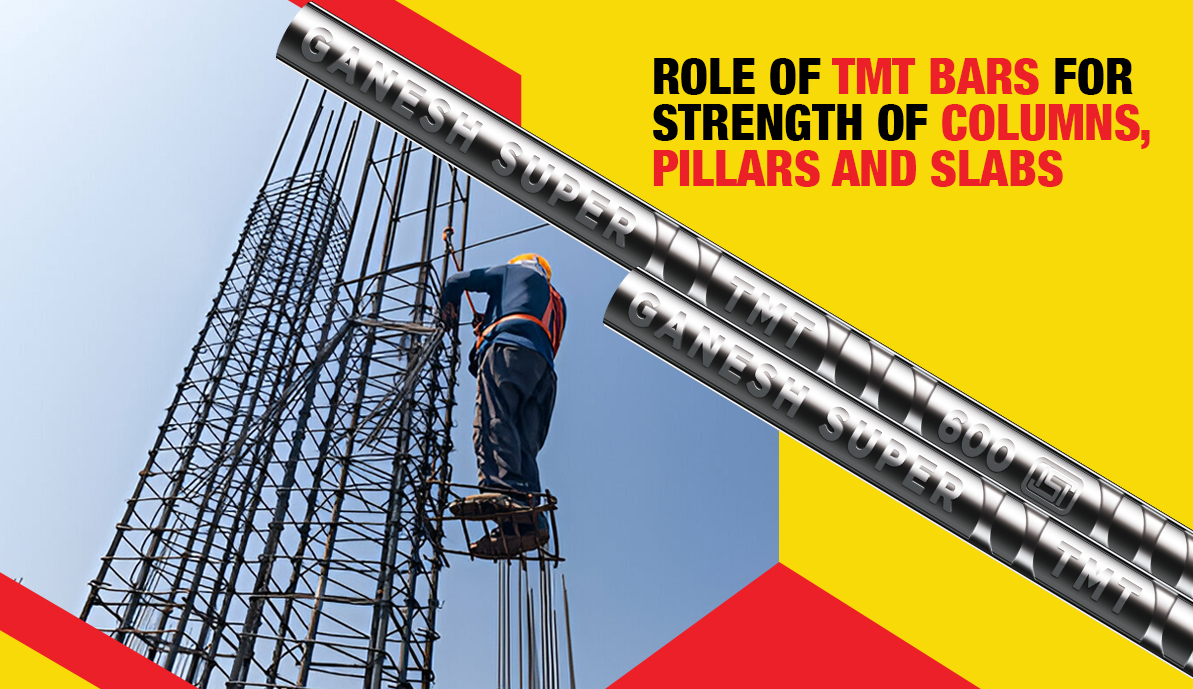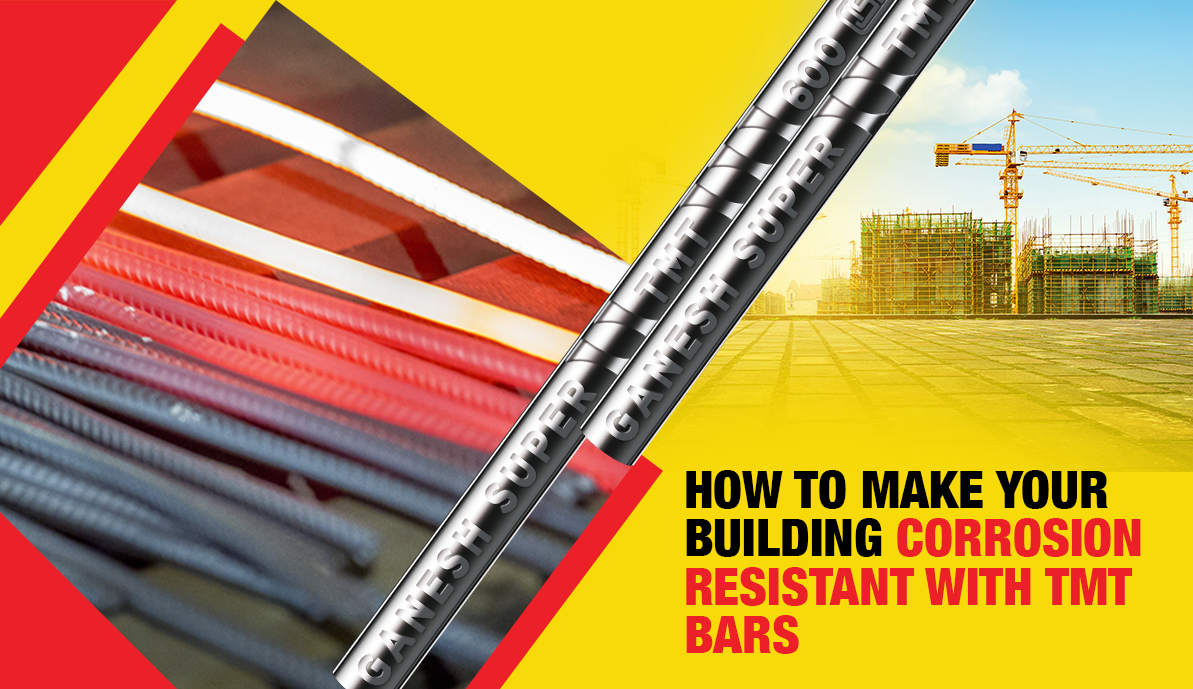With the construction world introducing sustainable innovations, thermo-mechanically treated bars have become the latest revolution. By replacing their conventional counterparts, TMT bars have become a core element in the universe of real estate development. But do you know what sets these bars apart from traditional steel bars? It’s the mechanical treatment for which the bars acquire strength and corrosion resistance.
The heat treatment associated with the manufacturing process perfectly balances the flexibility and strength of these bars. Let’s find out how heat treatment impacts these bars before you search for reliable TMT Bars Manufacturers.
A Few Words on the Heat Treatment of TMT Bars
Manufacturing TMT bars is the most complex process amidst all sorts of tasks in real estate development. Unlike the conventional steel bars, these bars undergo excessive heating in the furnace amidst 1200°C to 1250°C temperatures.
Heat treatment is part of the metallurgical process, and water quenching plays a significant role in creating the final structure of these bars. So, what does the heat treatment include in manufacturing TMT bars? Let’s find out the science behind this concept in the following points.
The Heating Process
Once the steel billets are in the furnace, they undergo a treatment amidst a high temperature. During this treatment, the microstructure of steel transforms. Iron is in crystalline structure and is also known as ferrites. These structures turn into a more malleable structure that achieves a better structure during the treatment.
The heat also refines the steel’s grain size. The grains achieve further strength, so the final TMT bars are ductile and strong.
Water Quenching
After the intense heating, a rapid cooling process is important as it creates unique properties of the bars. So the steel billets are then quenched with the help of high-pressure water jets. This step makes the bars stronger and more ductile.
Rapid cooling does not let the steep undergo the regular cooling process. What the process does is freeze the structure. At this point in time, the structure is more uniform and stronger than ferrite. So, the outer layer of the bar gets more strength following this process.
Rapid cooling makes the outer layer wear-resistant. This process improves the bars’ strength and resilience considering the outer surface.
Tempering
Quenching offers a strong out layer. But there’s one negative side to this process. That stated, quenching may also introduce brittleness in the bars, compromising the overall strength of construction structures. That’s where tempering comes into being.
In tempering, the quenched bars are reheated to a specific temperature lower than the first one (i.e., heating). After this, the bars naturally cool down to relieve any internal stresses during rapid quenching. When these stresses are left unaddressed, they are more susceptible to cracks.
Tempering also involves the outer layer of the bars turning into a more tempered steel structure. It strengthens the bars and ensures greater ductility properties (bendability). So, the bars gain flexibility while being strong from the outside.
So, heating, quenching, and tempering together ensures strength and ductility. While the core experiences less cooling during quenching, it still retails a flexible ferrite structure. Thus, the strong outer layer and a softer core make these bars perfect for use in various constructions, including those in the seismic regions.
Qualities Achieved by TMT Bars During Heat Treatment
Here are the top qualities achieved by TMT bars during heat treatment. With these properties, these bars ensure the structural integrity of the building or commercial/industrial real estate development:
Improved Strength
The heating and quenching methods increase the bars’ yield strength. This means they can bear heavier loads without deforming, which is the number one reason these bars are perfect as a construction material for high-rise buildings and structures.
Enhanced Weldability
What heat treatment does is refine the bars’ grain structures and make them weldable. That means they achieve more reliable welded joints and strength. These are the vital elements that ensure the structural integrity of the buildings.
Excellent Ductility
The outer layer is strong, while the soft inner part retains the ability to bend. Thus, these bars achieve ductility, one of the critical properties for buildings in seismic regions. This means that even during natural calamities like earthquakes, the bars will remain strong and absorb the impact without breaking or damaging the structure.
Earthquake Resistance
Again, strength and ductility are the unique properties TMT bars achieve during heat treatment. This makes these bars suitable for earthquake-prone regions. During natural disasters like earthquakes, these bars absorb vibrations and tremors \without breaking.
Corrosion Resistance
Quenching makes the outer layer of these bars strong enough to withstand rust. So, this is advantageous for structures in coastal areas or other parts exposed to harsh weather conditions.
Tabulated below is the list of advantageous qualities achieved by TMT bars during the heat treatment:
| Qualities | Heat Treat’s Impact |
| Ductility and Flexibility | Ensures that bars are easily bendable without breaking (but one should not bend these bars to the point that they crack and result in structural damage) |
| Strength | Improved yield strength that makes it perfect for heavy-duty applications |
| Weldability | Improves the welding joints’ quality and makes them stronger |
| Thermal Stability | Improves resistance to excessive temperatures and reduces risks associated with deformation |
| Corrosion-Resistance | The outer layer is less prone to environmental damage. |
Finally
So, heat treatment offers real-world benefits for the 21st-century construction industry. The bars achieve superior strength. Besides, the thermo mechanically treated bars are better for earthquake resistance and can withstand natural disasters like earthquakes.
These bars’ weldability, bendability and flexibility simplify workers’ experience on the construction site. These bars can be cut and shaped easily, saving labour costs and time. Besides, the longevity and durability of these bars ensure sustainable development. TMT bars need lower maintenance, which reduces the additional costs.
Thus, this post has offered information on the heat treatment that enables TMT bars to achieve greater strength and durability. If you want to use TMT bars for your construction project, consult trustworthy TMT bars suppliers with certifications and buy them in bulk.





